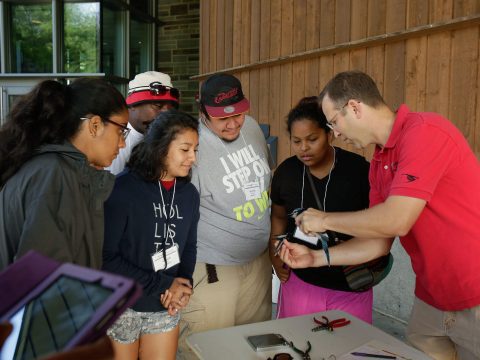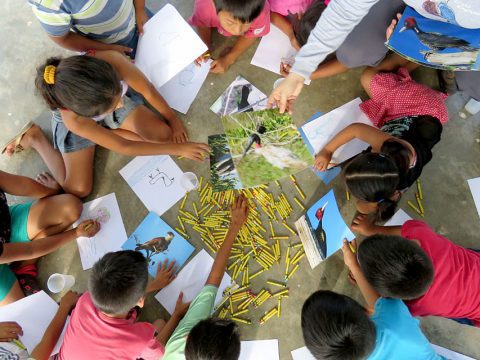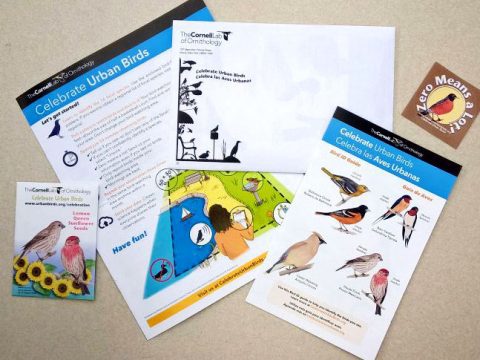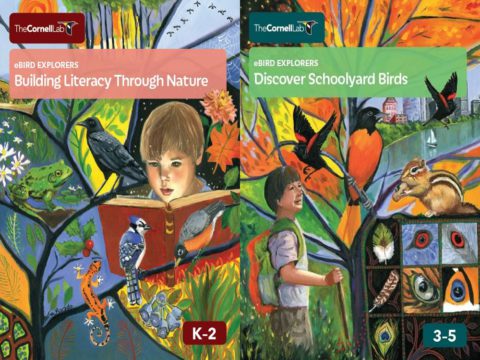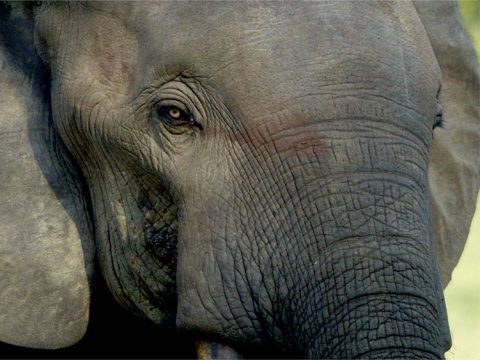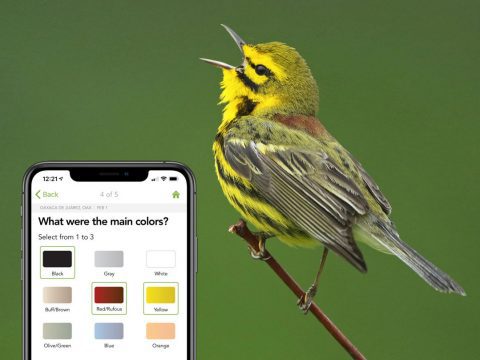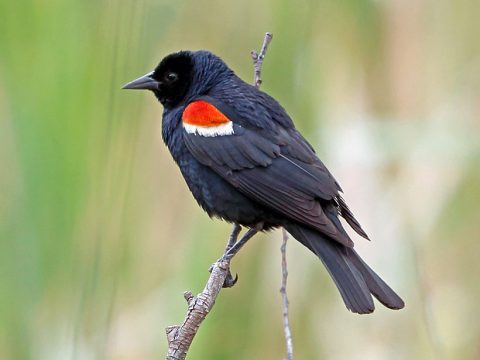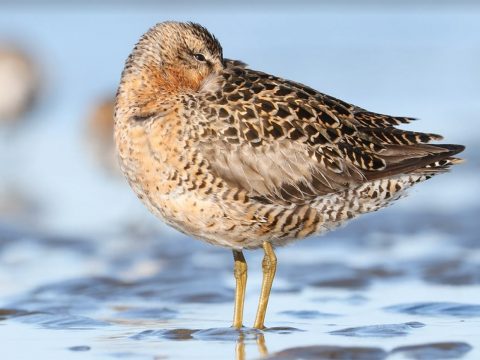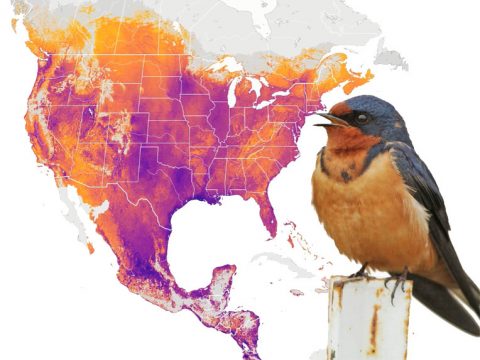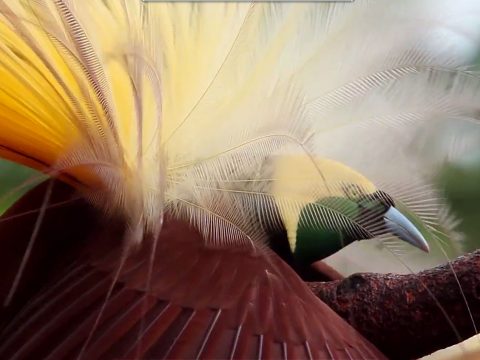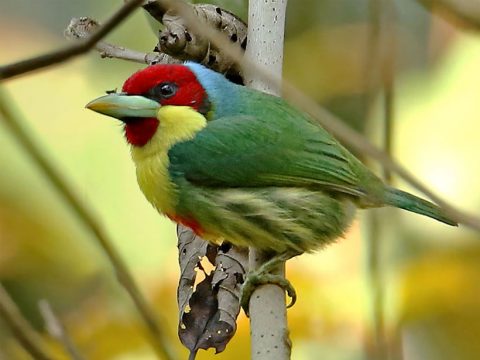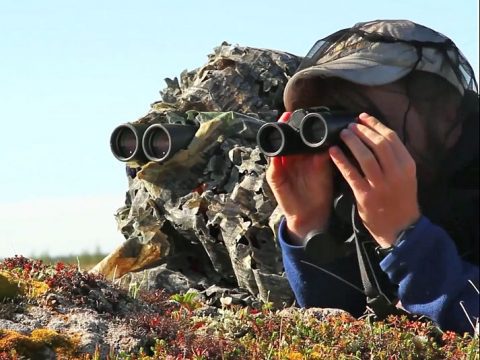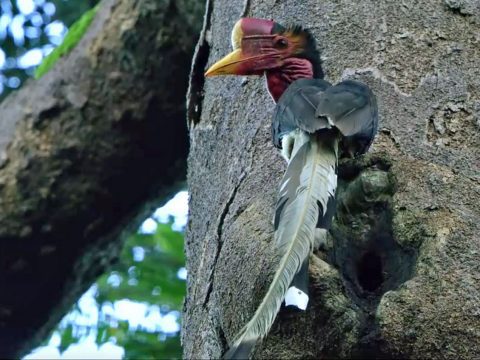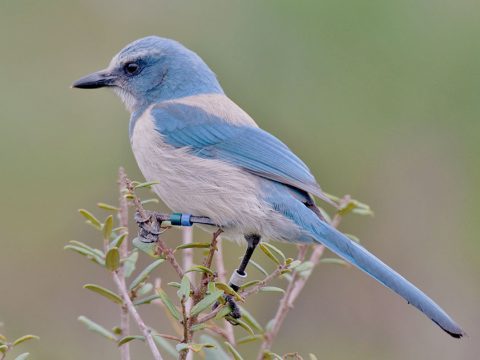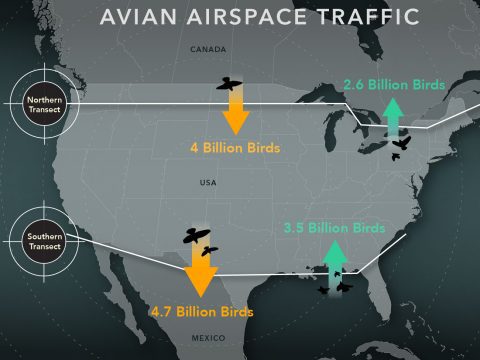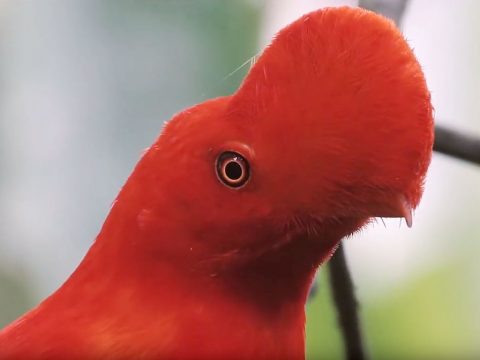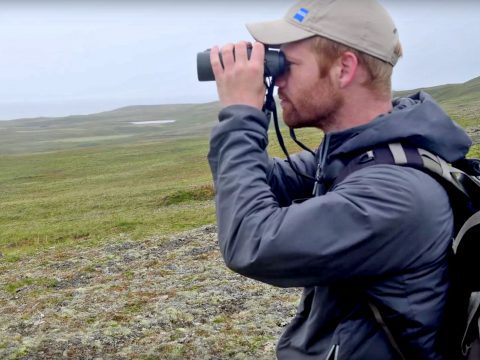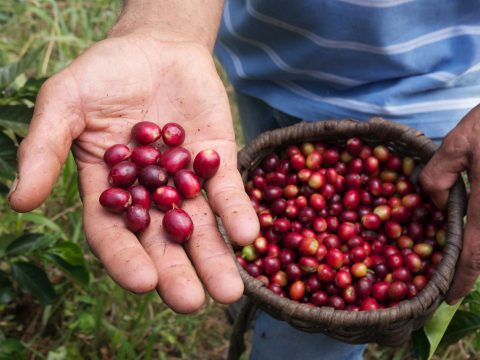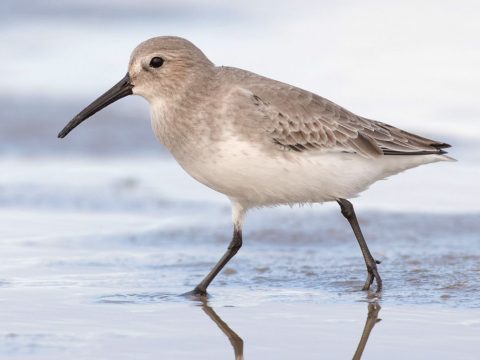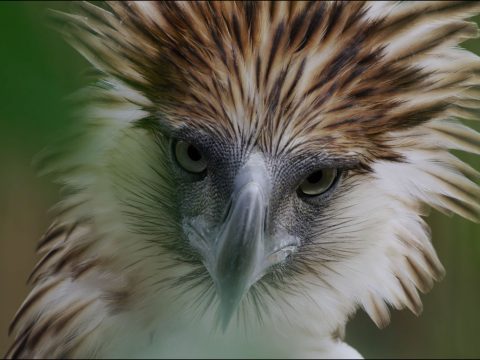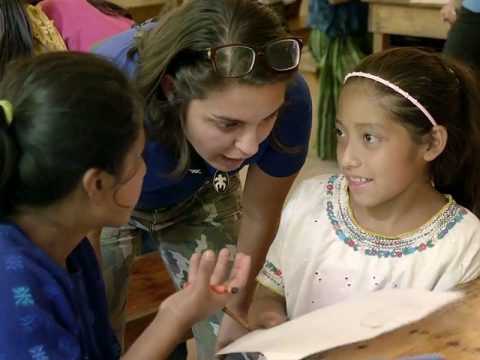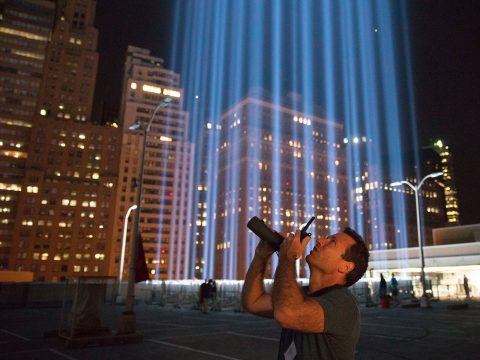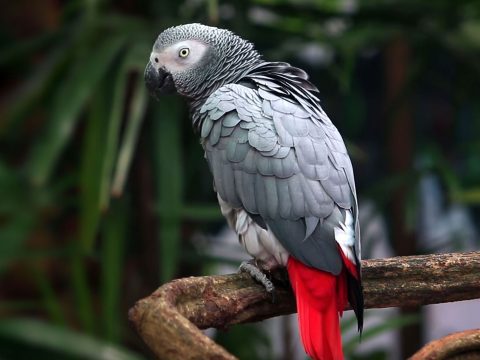Urban Youth Get Up Close With Birds, Science, and Nature at the Cornell Lab
KAREN PURCELL, CELEBRATE URBAN BIRDS PROJECT LEADER: Celebrate Urban Birds is a citizen science project and, in a way, we have two separate strong goals. One of them is to collect data on sixteen species of birds, especially in urban locations. And the other is to engage new audiences in birding, conservation, and citizen sciences.
PURCELL: Let’s call them specimens, all right.
PURCELL: We work in urban locations in the United States, Mexico, and Canada. And we work, particularly with low-income urban communities. The majority of people that we work with don’t connect with birds, they haven’t been birding, they haven’t had opportunities. So what we do is teach people about the birds that are living outside their door. And there are lots of birds in cities.
[MATT MEDLER, BIRD WALK LEADER: This group will have four students and two chaperones.] PURCELL: When the kids come to the Lab of Ornithology for a two-day workshop, we give them all kinds of different activities in which to participate. [CHARLES DARDIA, MUSEUM CURATOR: The big pectoral muscle that they use to flap attaches to that bone.] PURCELL: The idea here is to have them see different careers, different opportunities in conservation science and also to learn a little bit about what it’s like to be a part of higher education. For these kids, the opportunity to come here and the opportunity to get up close with birds and people who are in the field, to be able to record sound themselves, touch the equipment and hear the sounds [BIRD SOUNDS], to be able to hold a bird in the hand and let it go, is an incredible opportunity for them. An opportunity that they’ve never had anything close to it.
[MATT YOUNG, BIRD WALK LEADER: Thousands of red-winged blackbirds and they’re almost all males.] PURCELL: I think it’s essential to include diverse communities in the work that we do.
YOUNG: Those are tree swallows. Perched.
PURCELL: We can’t get good data on birds if we’re not involved in communities from all kinds of different backgrounds and geographic areas. When we ask questions as scientists, we’re asking questions based on our own beliefs and our own understanding of the world.
PUCELL: If we don’t have diversity in the sciences, then all the questions that we’re asking come from one viewpoint or from one understanding of the world. And that’s not good science. [DR. DAVID BONTER: So apparently there are three birds in nets over here.] PURCELL: These kids are top-notch. They’re thinking in interesting, creative ways. And then they go back to their communities and they feel like they want to share what they’ve learned here. [BONTER: So they’re starting to build their mud nests.] PURCELL: Many of them take on stewardship projects, greening projects, cleanup projects, or simply projects in which they teach others about birds. But the biggest thing that we talk to them about is to think about themselves and about their futures and what they can do to have science be a part of their lives. [BONTER: Their metabolism is very fast, they have to eat a lot of food.]
PURCELL: It opens up a whole other world that they’ve never known or dreamed about because they’ve never been a part of it. It’s life-changing for them.
End of Transcript
Watch this video to join urban youth on a visit to the Cornell Lab of Ornithology as they get up close with birds and scientists in the field, learn to record sounds, and explore careers in science and conservation.
The Lab’s Celebrate Urban Birds project engages urban and underserved communities, connecting more than 500,000 people with birds and nature through fun activities and hands-on science. Our workshops encourage youth to think about themselves and their futures, and to use their creativity and curiosity to ask questions and include science as a part of their lives. After going back to communities, many of these students want to share what they’ve learned through stewardship, greening, cleanup, and teaching others about birds.
We also work across the hemisphere, partnering with organizations in Latin America to bring bird watching and conservation to their communities. For example, we helped create 10,000 kits in Spanish for distribution to communities in Mexico, and gave workshops for educators and community leaders about how to use the kits.
Your support helps us reach more underserved, urban, and international youth and their communities, opening up a world of exploration and appreciation for birds and the environment we all share.
More Stories
 Conservation in ActionHow We Use Sound to Help Protect Elephants from Poaching
Conservation in ActionHow We Use Sound to Help Protect Elephants from Poaching Conservation in ActionCalifornia Protects Tricolored Blackbird After eBird Data Help Show 34% Decline
Conservation in ActionCalifornia Protects Tricolored Blackbird After eBird Data Help Show 34% Decline Conservation in ActionCoastal Solutions: Building a Bold New Community to Address the Shorebird Crisis
Conservation in ActionCoastal Solutions: Building a Bold New Community to Address the Shorebird Crisis Conservation MediaBirds-of-Paradise Help Inspire Conservation of Forests in West Papua
Conservation MediaBirds-of-Paradise Help Inspire Conservation of Forests in West Papua Conservation in ActionHow Can a Great Cup of Coffee Support Birds, Farmers, and Local Communities?
Conservation in ActionHow Can a Great Cup of Coffee Support Birds, Farmers, and Local Communities? Conservation MediaHow Can We Change Hearts and Minds to Save Wild Parrots?
Conservation MediaHow Can We Change Hearts and Minds to Save Wild Parrots?
Join Our Email List
The Cornell Lab will send you updates about birds, birding, and opportunities to help bird conservation. Sign up for email and don’t miss a thing!
Golden-cheeked Warbler by Bryan Calk/Macaulay Library

